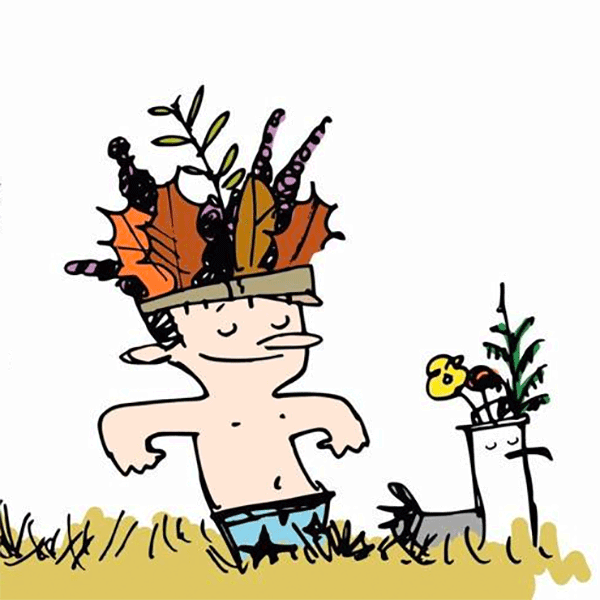Pet World: How to help a grieving cat with loss
Some bird groups estimate that more than 100 million birds die each year in the U.S. from hitting windows. Thankfully, we all can do our part to prevent these tragedies. There are a lot of options these days, from installing bird-safe screens to adding decals, painting, or taping lines a few inches apart on the window, adding awnings (to reduce glare) or outside shutters to prevent collisions entirely. It just depends on your budget and what aesthetics you want to achieve.
Some of my bird rescue friends suggested “Zen Window Curtains,” which is a product made from paracord that is mounted to the outside of the window. It reduces bird window strikes while still providing a clear view to the outside world. Their website, www.birdsavers.com, also gives directions on how to make your own, which is very generous of them to do.
Visit the American Bird Conservancy's website for a list of other recommendations to see what fix might work for your windows.
Dear Cathy,
We have a six-month-old, first generation Goldendoodle puppy. We started walking him about two months ago about 1.3 miles up and down the hills in our neighborhood. When a car or any vehicle drives by, we have to stop him and hold him down because he tries to run after it. Is there anything we can do to stop this behavior?
–Sharon, Dix Hills, New York
Dear Sharon,
The prey drive is strong with this puppy, but you can train him to ignore cars.
Start by teaching him his name as well as “sit” and “leave it.” When he understands these commands, begin to desensitize him to cars. Start by standing 15 feet from the curb. Ask him to “sit,” as you watch cars go by. When a car approaches say his name and give him a treat when he looks at you. If he tries to chase cars, tell him to “leave it” and “sit” again and give treats if he listens. If he doesn’t listen, make him turn with you and walk another five feet away from the curb. As he progresses, slowly move closer to the curb. It will take several 10 to 15 minute practice sessions to see progress.
Another way to is teach him to “heal” during your walks. If he lunges after a car, immediately say “heal” and then turn suddenly and walk very quickly in the opposite direction. Repeat this every time he lunges at a car. Because of this unpredictability, he should eventually learn he needs to pay more attention to you than to the cars so he knows where you are going.
========
(Cathy M. Rosenthal is a longtime animal advocate, author, columnist and pet expert who has more than 25 years in the animal welfare field. Send your pet questions, stories and tips to cathy@petpundit.com. Please include your name, city, and state. You can follow her @cathymrosenthal.)
(c) 2020 DISTRIBUTED BY TRIBUNE MEDIA SERVICES, INC.






